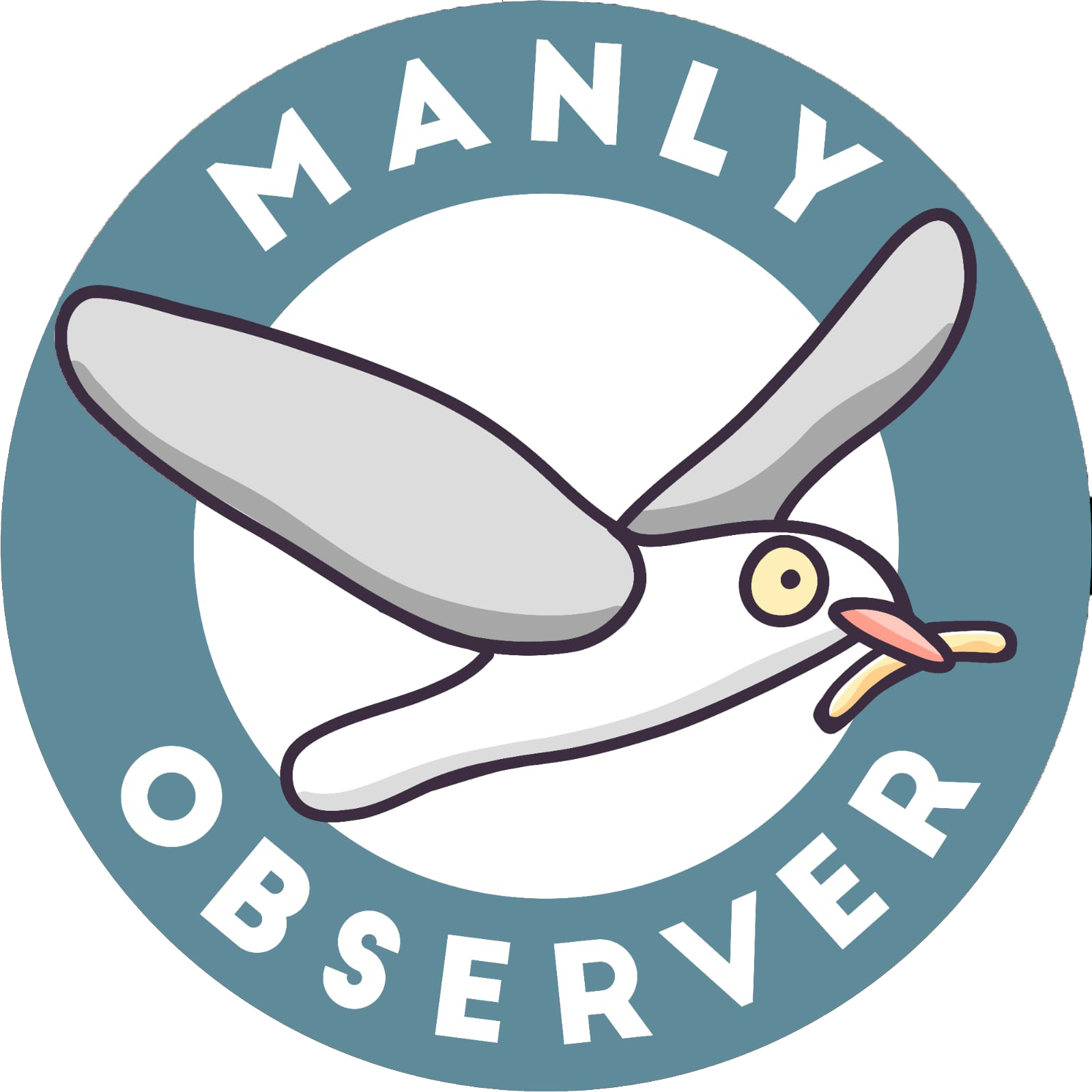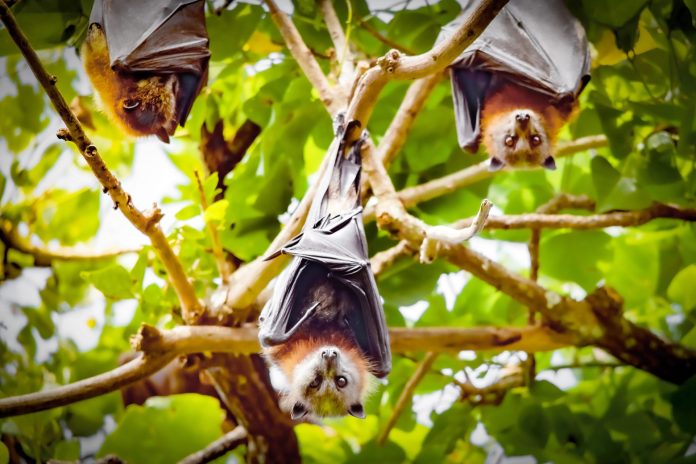Dead flying foxes are frequently being found around Federation Point in Manly. Walkers on this stretch of the Manly to Spit Bridge Coastal Walk are discovering bat corpses on the grass or clinging lifeless to powerlines above.
Readers are advised that images of dead animals are in this article.
And the powerlines are the source of the problem: the cables are not insulated enough to protect wildlife that traverse, rest or stray into them.
Bats often alight on the powerlines after feeding on the fruits of the native fig trees around North Harbour. Some weary bats also use them to rest on their return from nocturnal foraging trips across the harbour in the Botanic Gardens and further afield.
The Northern Beaches has three flying fox colonies, Balgowlah, Warriewood Wetlands and Avalon, and the bats from these disperse over a wide range to feed at night, up to 50km from their camps.
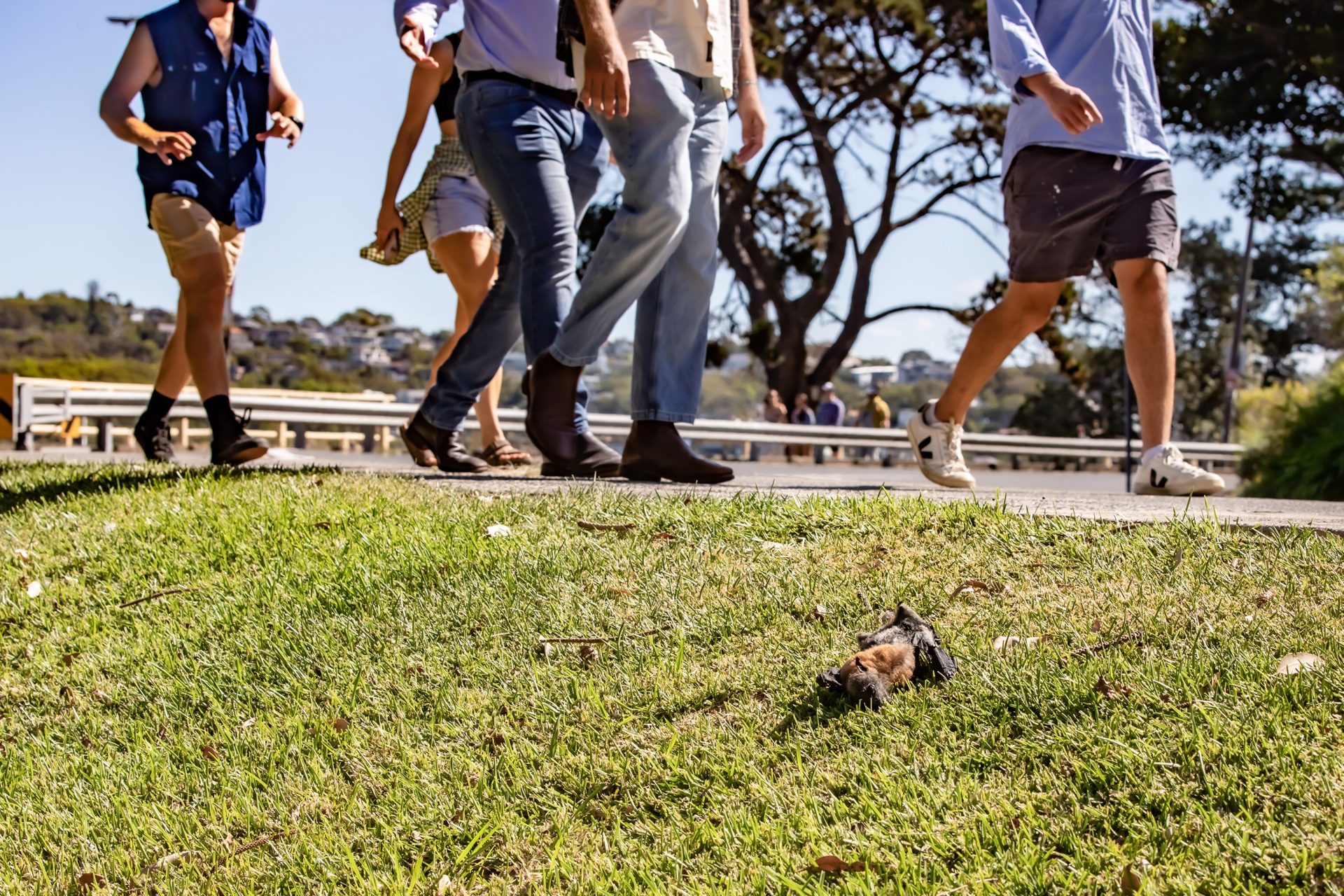
Environmental scientist Edwina Laginestra (whom we interviewed recently in Manly Observer on the indiscriminate use of pesticides), explained the problem.
“After feeding, the bats fly to a ‘roosting spot’ to groom. They can hang on a single wire, but if they then stretch out a wing, or they don’t see the other wires and flap out and touch two wires at the same time, they are zapped.”
Touching two parallel wires usually kills the bats with a massive electric shock. Babies clinging to their mums are also killed, or else they fall to the ground where they are prey to predators.
Edwina volunteers as a wildlife carer for Sydney Wildlife Rescue charity, which frequently care for injured bats, either through electrocution or other calamities.
“We get callouts every day for bats on powerlines,” Edwina revealed. “We see the callouts for all of Sydney as there are so few bat rescuers/carers. WIRES and Sydney Wildlife Rescue are on the same call system.”
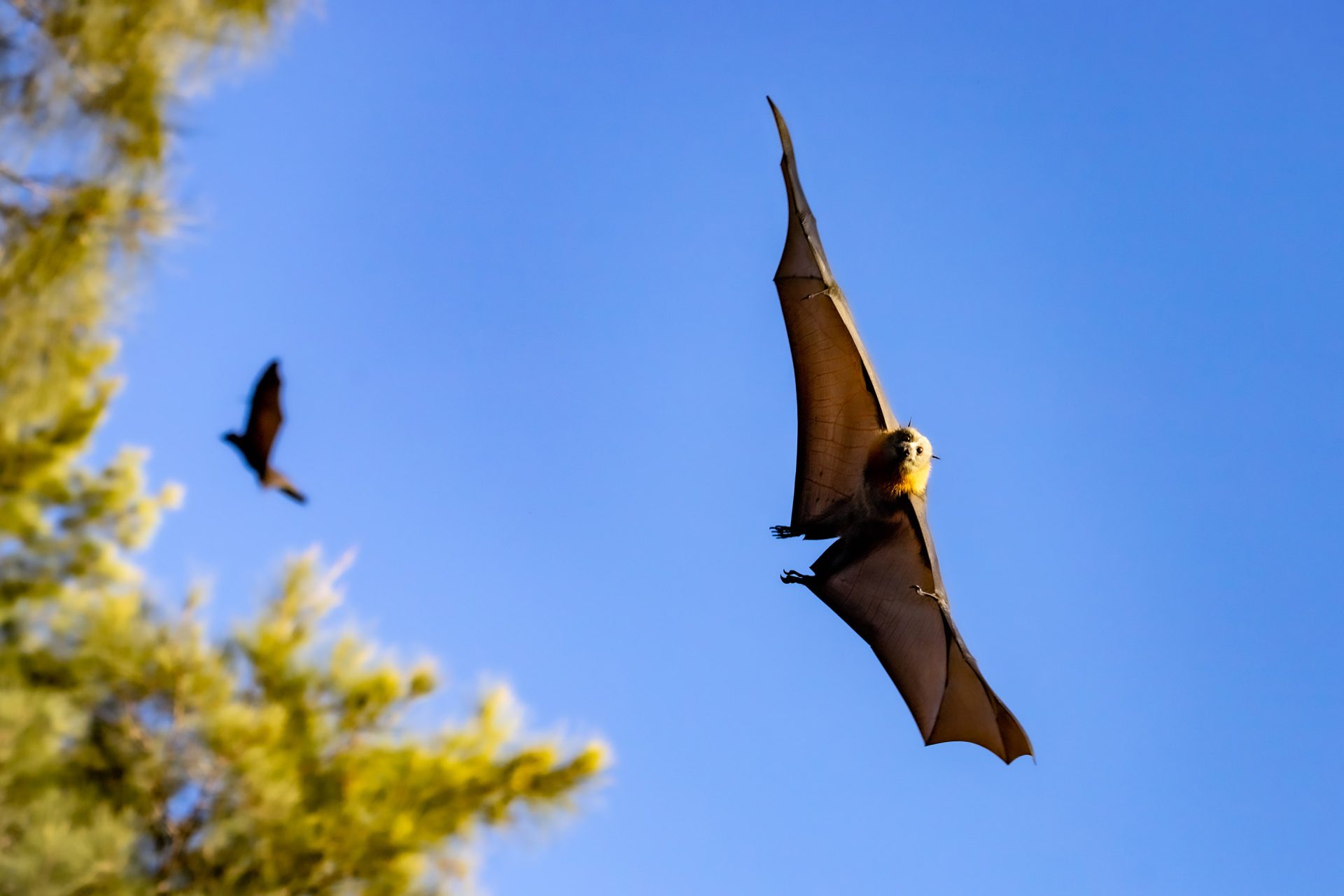
Many of the victims at Federation Point, and across the Northern Beaches, are the grey-headed flying fox which are vulnerable to extinction. There is a colony that roosts near Manly in the small forested corridor of Burnt Bridge Creek Bushland Reserve in Balgowlah.
In 2021 the grey headed species of flying fox (genus Pteropus) was classed as ‘vulnerable’ on the Red List of Threatened Species overseen by the International Union for the Conservation of Nature (IUCN).
The Red List takes into account the scientific data available for a species population numbers and the extent of its range. In their categories of concern, ranging from ‘extinct in the wild’ to ‘of least concern’, ‘vulnerable’ is mid-range, considered to be “facing a high risk of extinction in the wild.”
Across the world, six flying fox species were made extinct between 1864 to 2014.
The grey headed flying foxes (Pteropus poliocephalus) share the trees with two other bat species: the little red (Pteropus scapulatus) and the black (Pteropus alecto ).
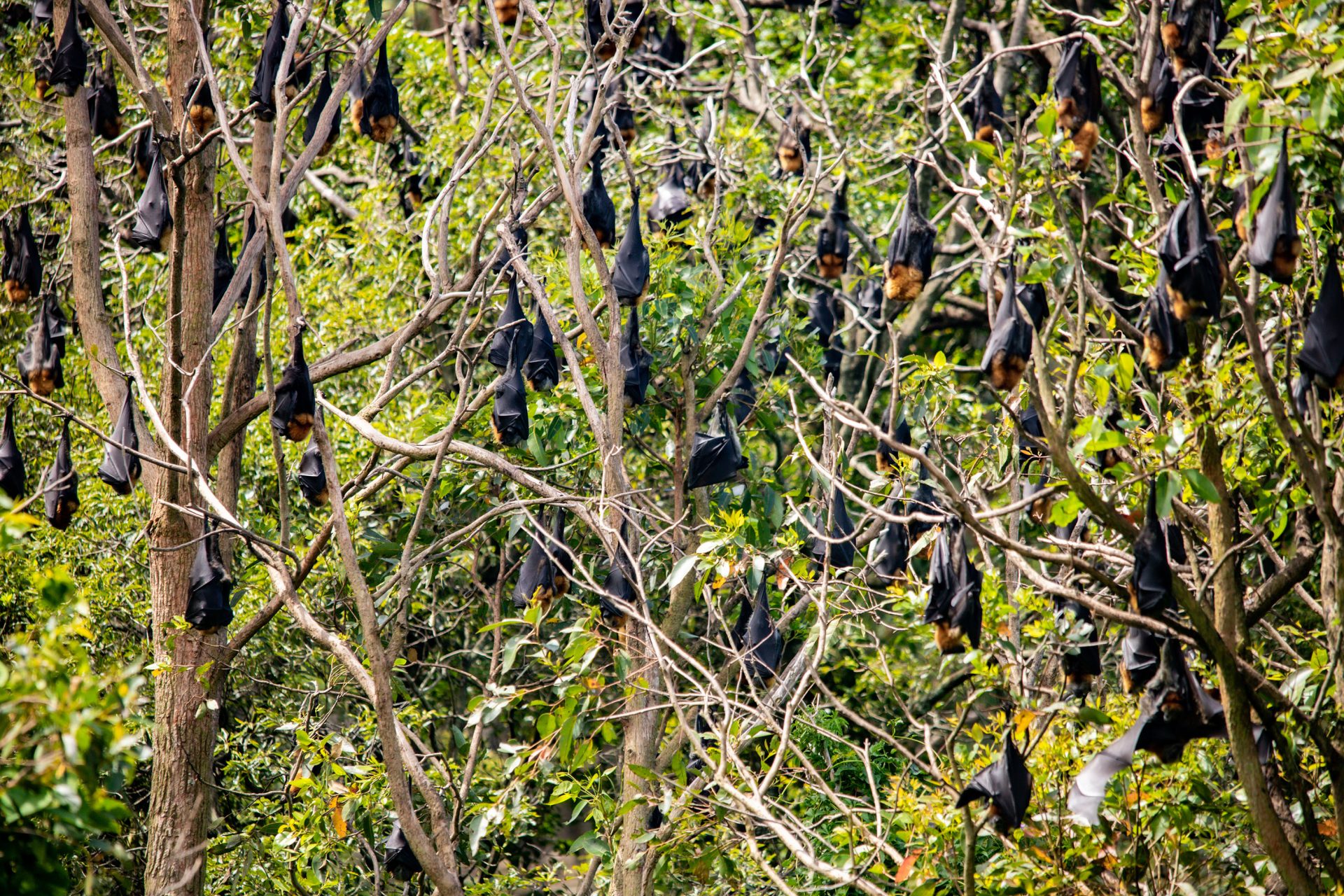
In Sept 2015, Manly Council was seriously considering evicting the bat colony from Balgowlah, mainly as a response to residents’ complaints.
However, in March 2016, Manly Council established a Flying Fox Camp Management Plan to preserve the Burnt Bridge bat colonies, which Northern Beaches Council continues.
Federation Point, overlooking Manly Cove and close to the Manly Boardwalk and Pavilion, is at the eastern end of Esplanade Park. The powerlines run above, along Commonwealth Parade.
After being alerted to the problem, Manly Observer visited Federation Point to investigate and found two electrocuted adult flying foxes still clinging to the powerlines and a deceased baby on the grass below, covered in ants.
On returning a fortnight later, this reporter found another lifeless flying fox clinging to the powerlines, and another corpse below that looked like it had been gnawed by a cat.
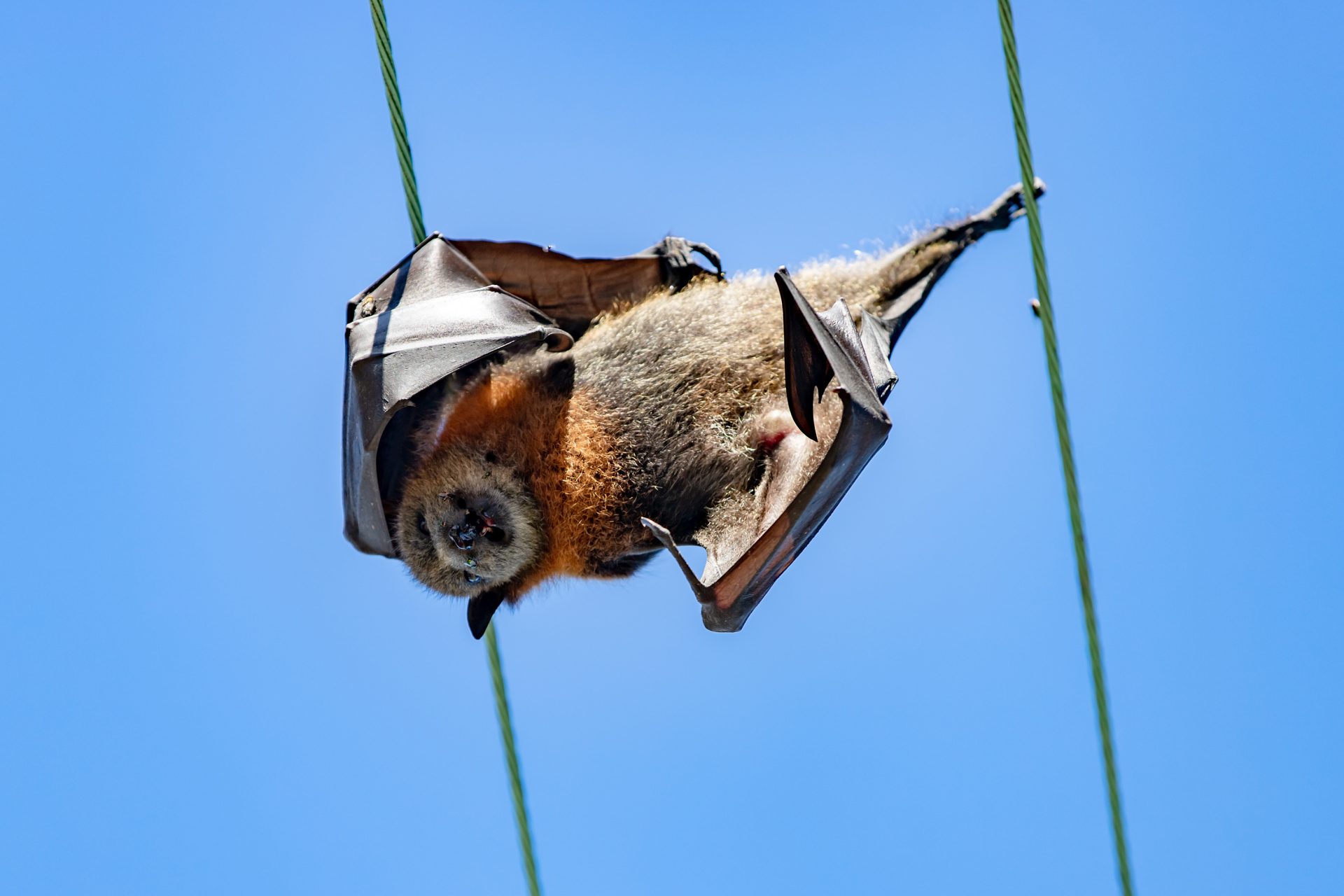
We asked Edwina whether other native wildlife that land on powerlines or scurry along them, such as ringtail and brushtail possums and assorted birds, are at risk of electrocution too.
“Yes other animals get electrocuted,” she confirmed. “We have had a lot of possum joeys come into care from electrocuted mums. If they are on the line and stretch out, or touch their nose, the current passes through their body. It can, in some cases, take a few days to die. And birds with a decent wing span can get fried too.”
How might this problem be resolved, so that powerlines are better insulated?
“Cladding or bundling,” she recommended.
Cladding involves wrapping insulation material around individual cables. But what is bundling – is that when cables are tied together in a group between poles?
“Yes, it takes up less room and you don’t need to destroy trees that have power supply running past. You could send a bundle through a well-vegetated area.
“It might also avoid the horrid pruning they undertake when they [pruning contractors] butcher some trees.”
Across Ku-Ring-Gai district, trees beneath powerlines are frequently pruned into a Y-shape by Ausgrid contractors, so they grow around the cables. However, this makes the branches more vulnerable to snapping off in high winds or storms.
“Yep – they are loppers not arborists,” she said. “It is vandalism and self-perpetuating. And they don’t care what season it is.”
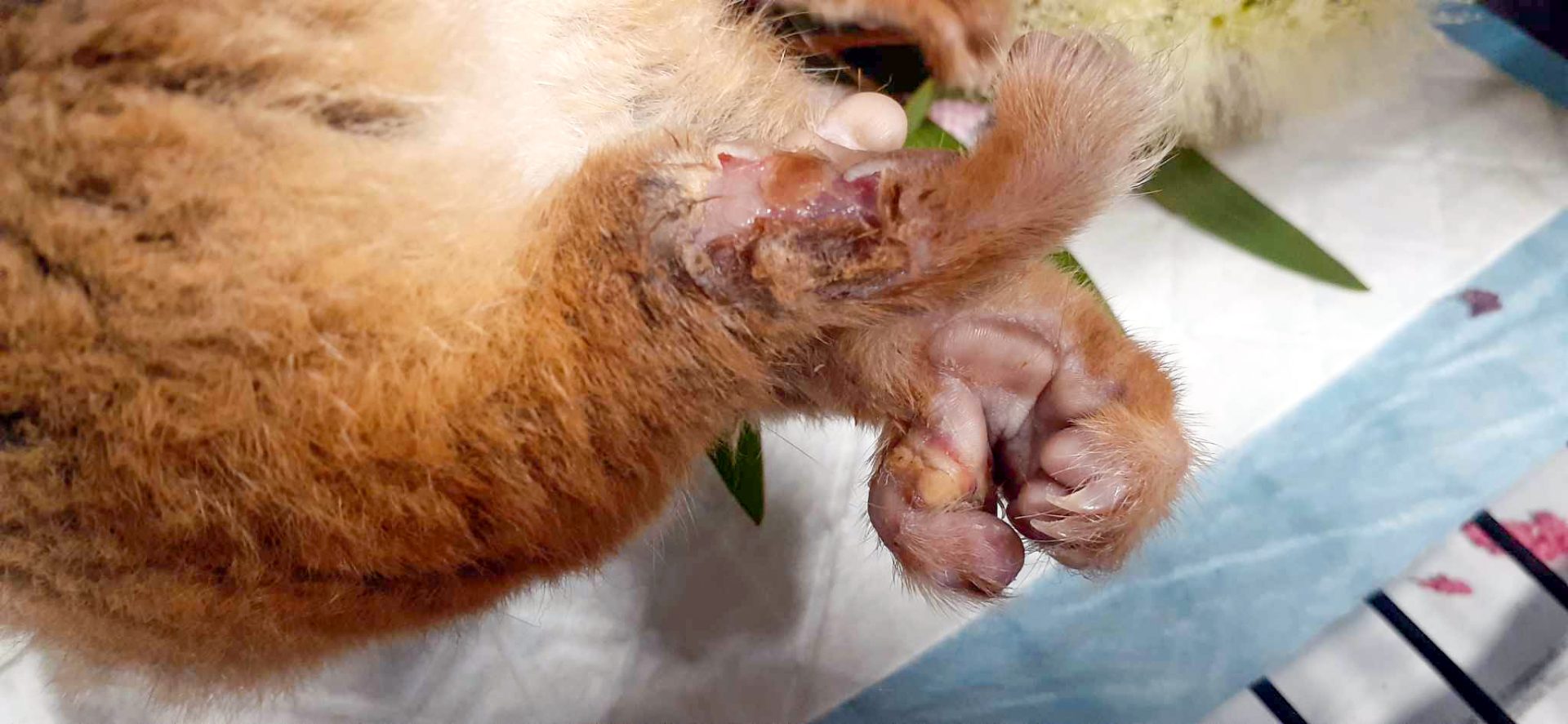
Does bundling powerlines make it harder to analyse and access faults in cables?
“It would be harder for them to eyeball, but I’m pretty sure they have other means to determine faults. I would have thought you get less damage when they’re bundled.”
Ausgrid, the largest distributor of electricity on Australia’s east coast (60% of NSW gross domestic power), is the utilities company that oversees the problem powerlines. They are 49.6% owned by the NSW Government with the rest divided between investors and fund managers in the private sector.
Manly Observer wrote to Ausgrid and asked the following:
- Can a comprehensive survey be undertaken of powerlines around flying fox roosting and feeding areas to determine which of these can be better insulated to protect the flying foxes from electrocution?
- Can the public report areas where wildlife is being electrocuted, so that ‘hotspots’ are identified and resolved?
- Is it expensive to affix cladding to powerline cables?
- Can a policy be adopted whereby new powerlines being installed (or old ones replaced) in areas with high native wildlife activity automatically require insulated wires that are animal-friendly?
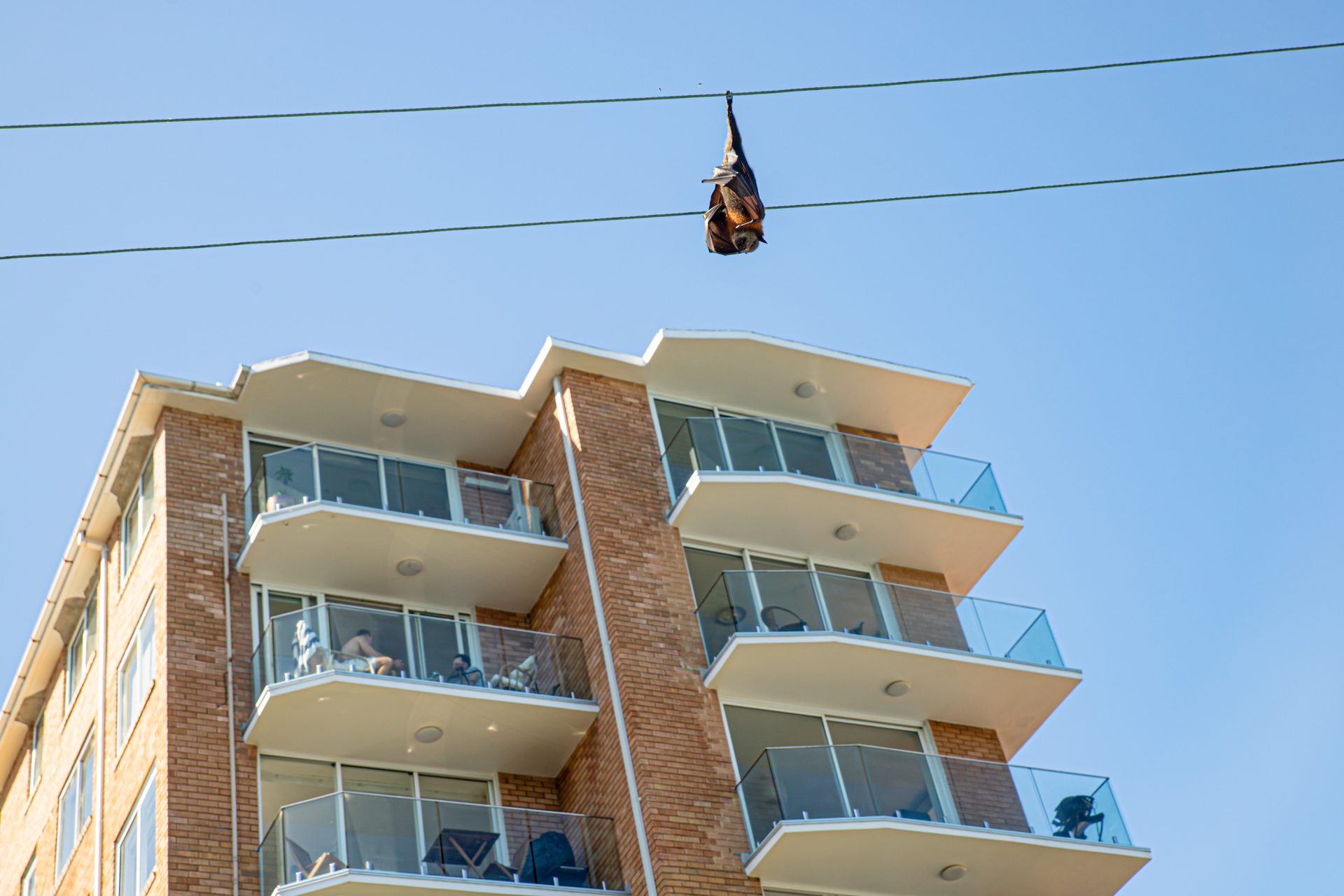
An Ausgrid spokesperson sent the following response:
“Confirming that this is still under investigation as we assess design choices against existing asset needs in that area. More broadly, we are looking to change the design of these types of lines when they are replaced and when any new lines are constructed.
“Also, we have a replacement program for uninsulated powerlines dedicated to streetlighting that will address this challenge. We have records of where these occur, but data quality has been a barrier for some time in making a comprehensive assessment.
“However, recent changes for customers to report powerline hazards and attach a photo is aimed at improving this data quality and subsequent assessment and adaption of our powerline standards and areas for consideration of a proactive approach. This can be done via the this is via ‘non-urgent hazards’ on our external website.
“We note however the hazard reporting is only one step in a systematic approach to this challenge and we would welcome feedback on alternative approaches where they may be able to assist Ausgrid prioritise focus, particularly while looking to reduce energy costs for customers.
“We will continue to look into this matter and can update you in coming months.”
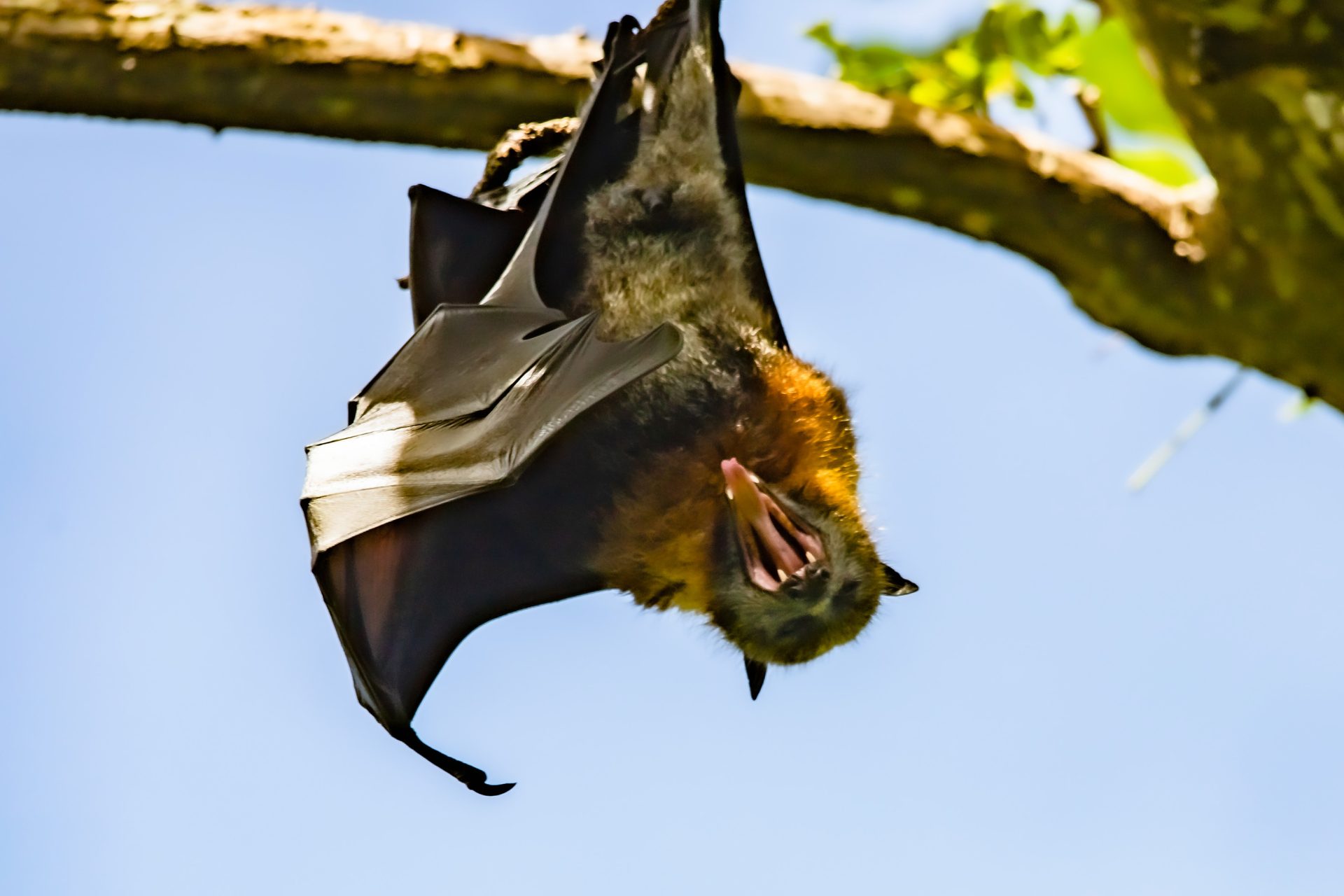
Northern Beaches Flying Fox Camp Management Plan
https://yoursay.northernbeaches.nsw.gov.au/flying-fox-camp-management-plan
Balgowlah Bat Colony on Vimeo
Sydney Bats
https://sydneybats.org.au/flying-foxes/where-to-see-flying-foxes-in-sydney/
